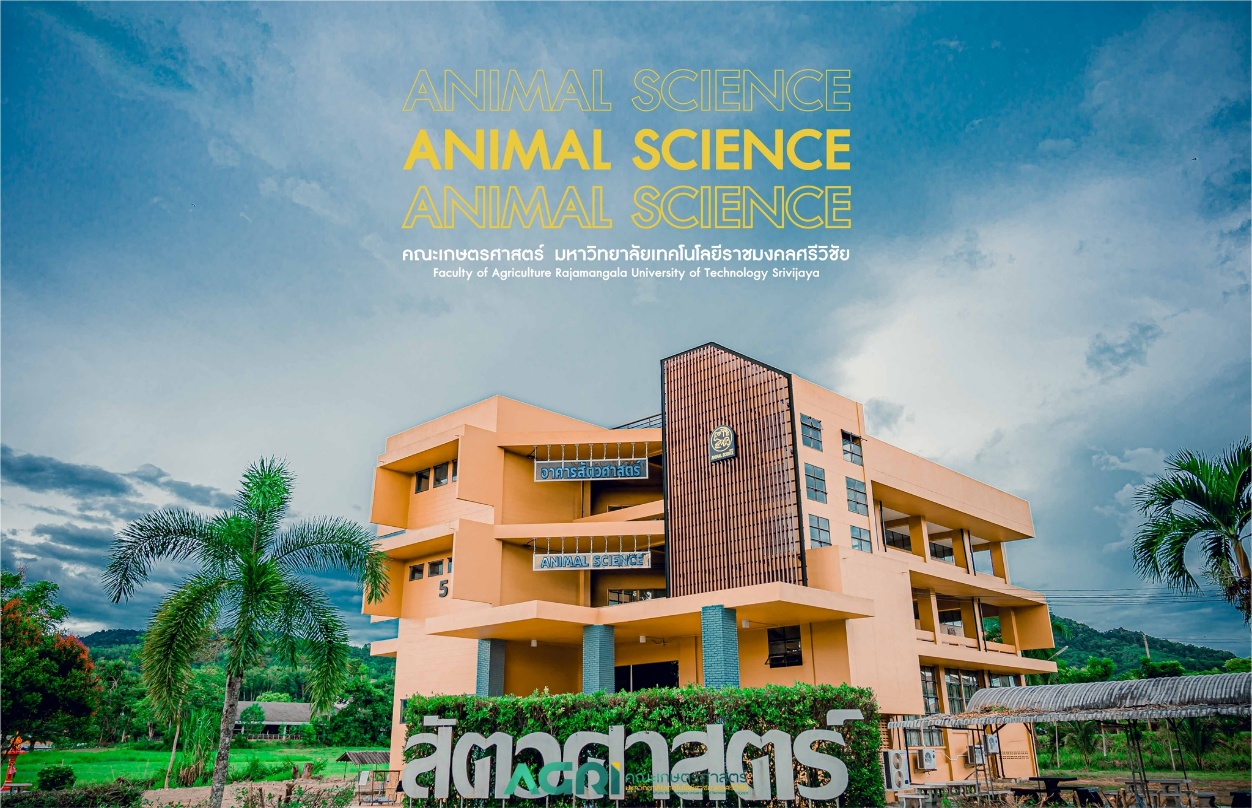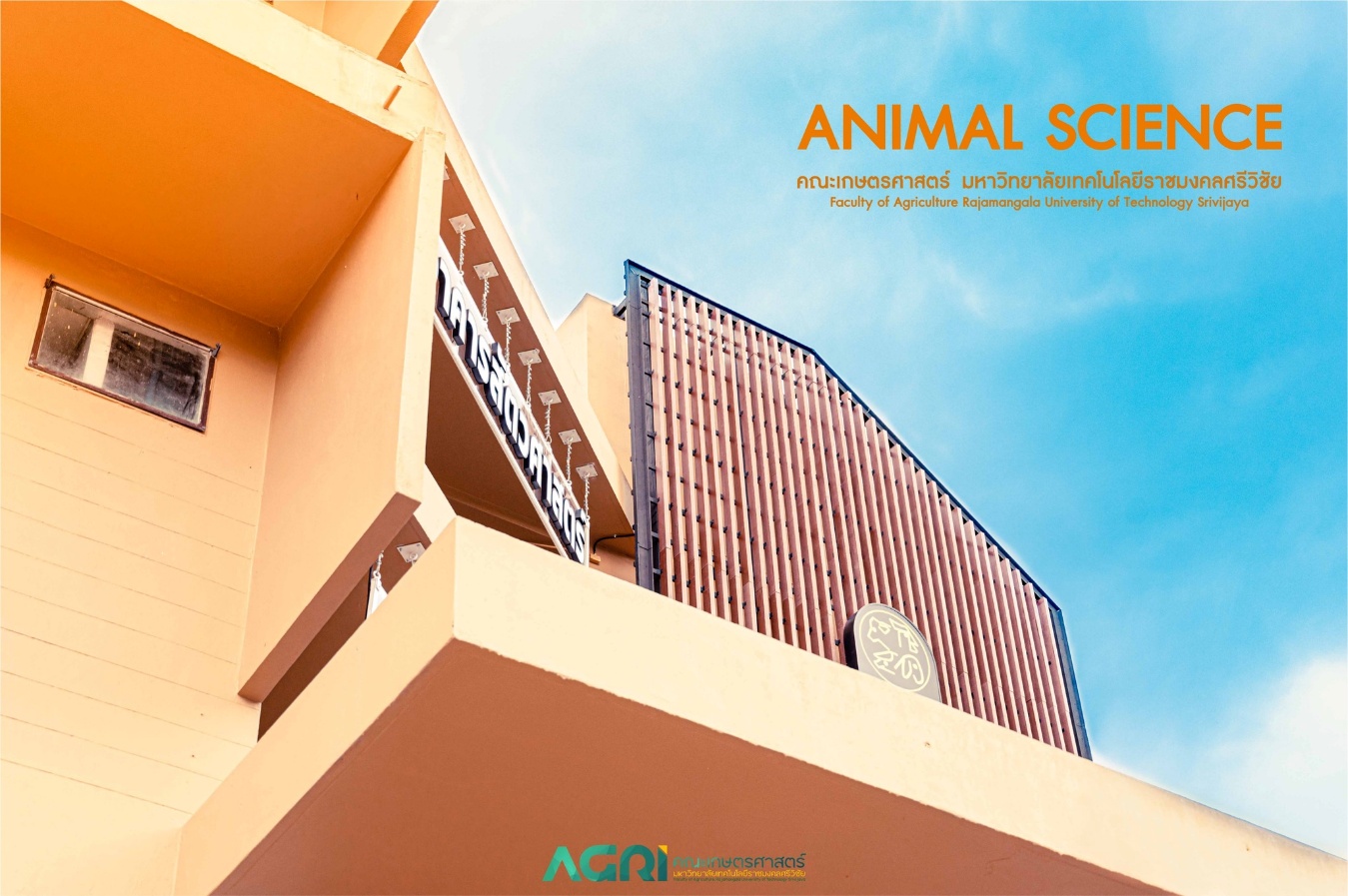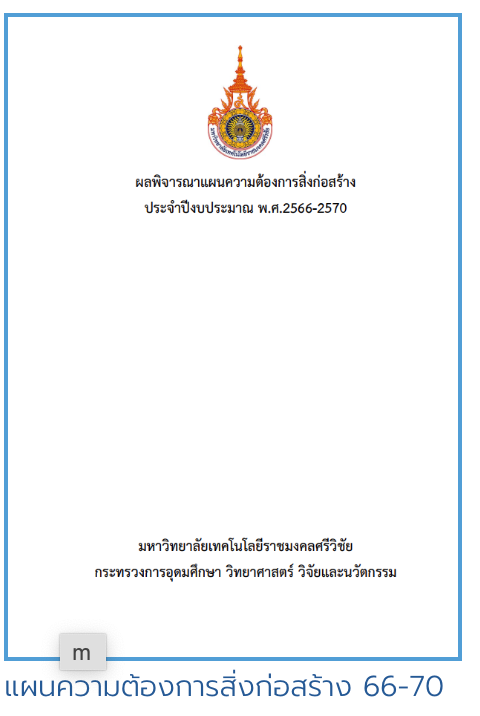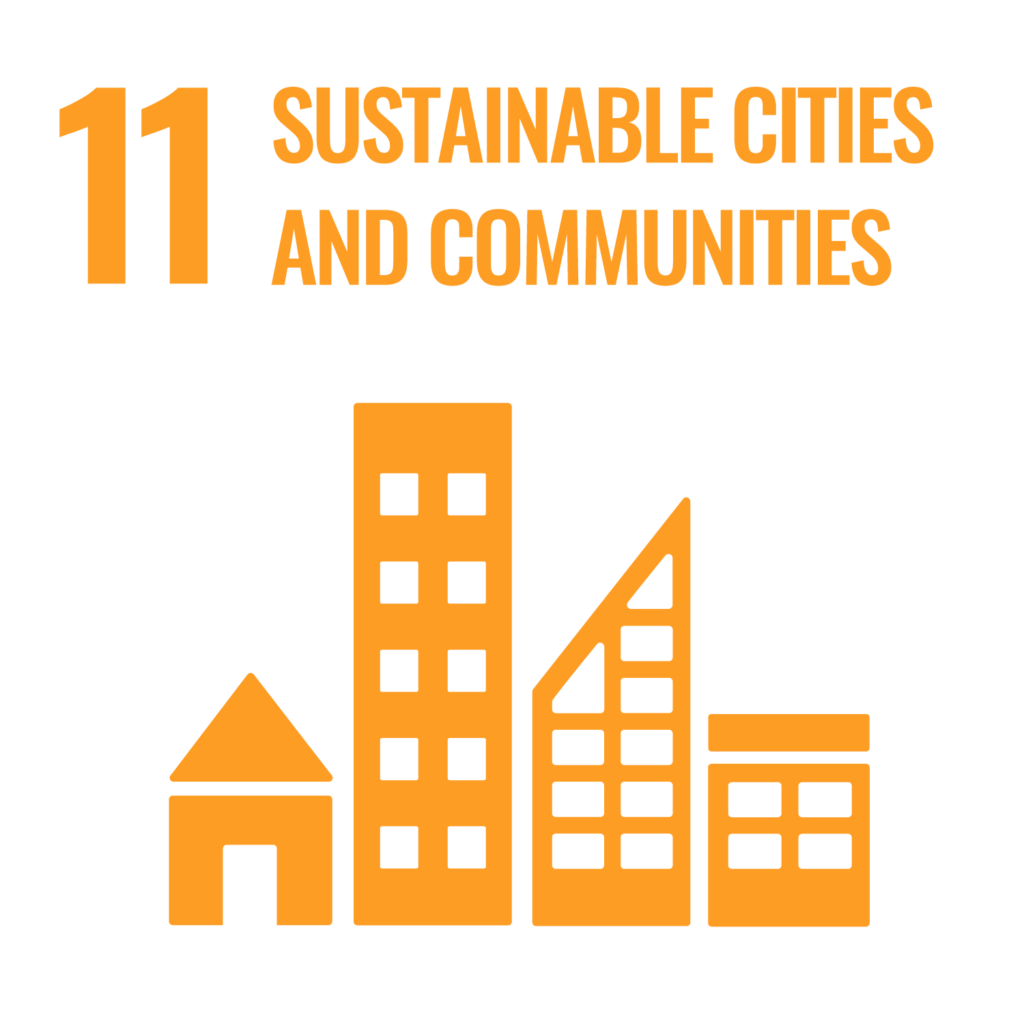Reporters: Dr. Jaray Suwannachart, Asst.Prof.Dr. Tachaya Sangkakool, Asst.Prof.Surawat Moogem, Tussawan Thong-on, Natrada Boonthad and Natpakal Poolperm
Evidence Date: during 2024 Jan-Dec
Related Indicators: 11.4.8
Details: Supporting details and pictures
In 2024 at the Faculty of Agriculture Campus of Rajamangala University of Technology Srivijaya (RUTS), this building design clearly demonstrates the application of energy-efficient architectural principles tailored for a hot and humid tropical climate. The primary focus is on reducing Solar Heat Gain. Key components include the use of large horizontal shading devices (Overhangs) and continuous projecting balconies on the upper floors. These elements act as sunshades, effectively minimizing the solar radiation striking the windows and exterior walls. Furthermore, the selection of a light color scheme (pale yellow/orange) for the exterior façade is a crucial strategy that enables the building surface to reflect heat better than darker colors. This significantly reduces the amount of heat absorbed and transferred into the interior, consequently lowering the operational load on the air conditioning systems.

Picture 1 shows the the Faculty of Agriculture at Saiyai Subdistrict, Thung Song District, Nakhon Si Thammarat Province.
Source:https://www.facebook.com/media/set/?vanity=agr.rmutsv&set=a.928048442695747&locale=th_TH
The building’s design is highly appropriate for its location in Thung Song District, Nakhon Si Thammarat, which is characterized by a hot, humid, and rainy climate, aligning with the University’s Passive Design energy conservation philosophy. It emphasizes heat reduction through architectural mechanisms, such as utilizing large balconies and horizontal shades on each floor to intercept direct solar radiation, and employing light-coloured exterior walls for heat reflection. Additionally, the design incorporates Landscape management by planting trees around the building. This greenery helps create shade and reduces the ambient temperature (Microclimate Cooling), effectively blending architectural strategies with natural elements. This comprehensive approach aims to reduce reliance on mechanical cooling and conserve electricity in the long run, in line with the University’s sustainability policy.

Picture 2 shows the concept of principles tailored for a hot and humid tropical climate.
Source:https://www.facebook.com/media/set/?vanity=agr.rmutsv&set=a.928048442695747&locale=th_TH
Related Links: https://plan.rmutsv.ac.th/ruts/wp-content/uploads/2024/10/RUTS-long-term-plan-2018-2037.pdf
 Photo 01 show design guideline book for download as link
Photo 01 show design guideline book for download as link




